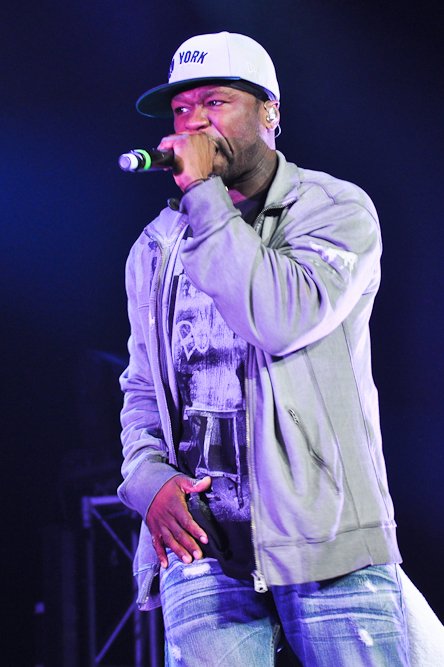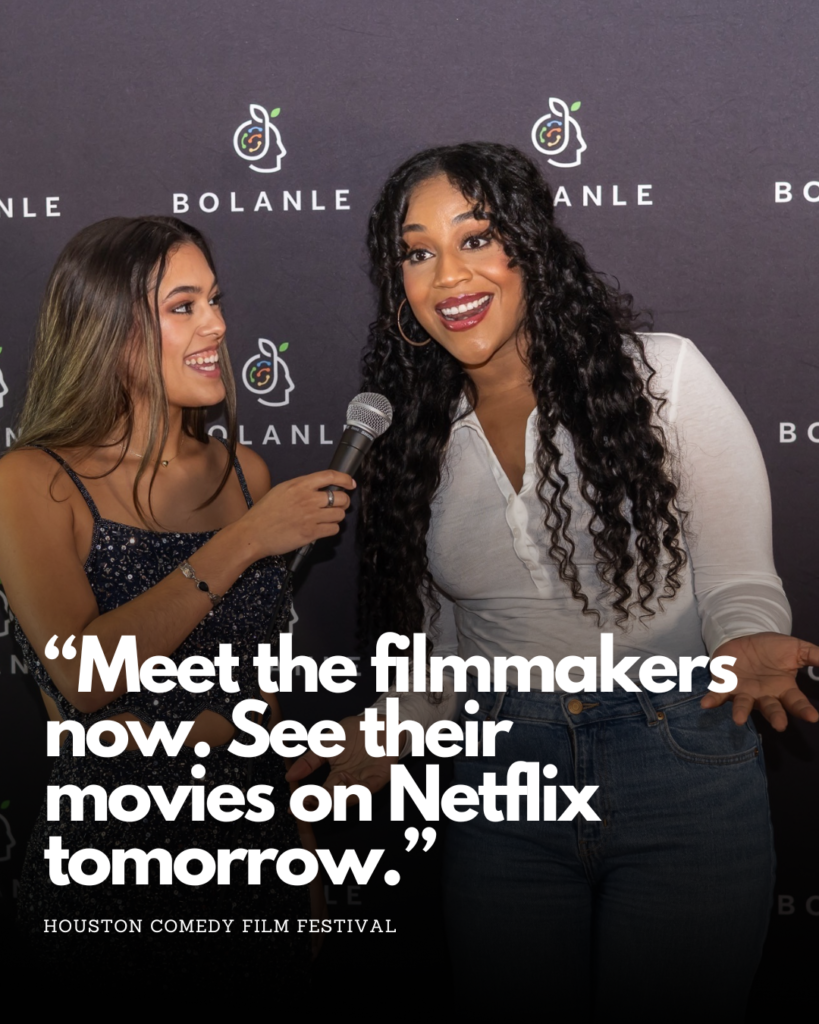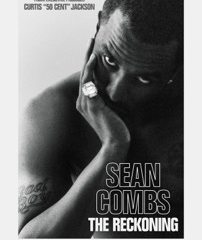Entertainment
Rosie Maddox: The talented rom-com screenwriter who’s taking the film festivals by storm!

Get ready to celebrate because Rosie Maddox, the brilliant mind behind “Wishing on Stars,” is back with another heartwarming and laughter-inducing screenplay that’s earned her yet another shot at glory at the upcoming Houston Comedy Film Festival!
We’ve got some fantastic news that’s bound to put a smile on your face. Rosie Maddox, an incredibly talented writer with a passion for fun and quirky storytelling, is taking the plunge into the world of filmmaking. And boy, are we in for a treat!
Rosie’s journey into screenwriting is as unique as the characters she creates. She’s not a Hollywood insider or a member of any fancy writers’ union. Nope, she’s just like you and me—a creative soul with a knack for crafting stories that touch our hearts and tickle our funny bones.
Her latest project, “Wishing on Stars,” is a Rom-Com screenplay that’s making waves for all the right reasons. Picture this: childhood best friends, Mare and Jules, reuniting after years apart. It’s a tale of rediscovery, second chances, and the kind of love that sneaks up on you when you least expect it.
What makes “Wishing on Stars” stand out is its quirkiness and relatability. Rosie’s characters are not your typical rom-com stereotypes. They’re real, flawed, and utterly charming. And guess what? Rosie found a piece of herself within these characters, making their journey even more heartfelt and relatable.
If you’re a fan of “Count Your Lucky Stars” by Alexandria Bellefleur, you’re in for a treat. Rosie’s screenplay shares the same delightful quirkiness that made Bellefleur’s novel such a hit. It’s a story that celebrates vulnerability, the unpredictability of love, and the magic of second chances.
But here’s the best part—Rosie Maddox is just getting started! She’s already in pre-production on a prequel to “Wishing on Stars” with her production company, DRAMADDOX Pictures, which means we’ll get to dive even deeper into the lives of these captivating characters.
Rosie Maddox is not just an emerging talent; she’s an award-worthy one too! Her previous works, including the four-part drama series “Hit & Run” and the paranormal drama feature “Kaha Akua,” have garnered recognition at esteemed film festivals like the Atlanta Women’s Film Festival and Paris Awards Film Festival. And let’s not forget her romantic comedy feature, “Wishing on Stars,” which recently snagged the

Award-Nominated Rom-Com Screenwriter Rosie Maddox
title of Best Romantic Screenplay at the Purple Sky International Film Festival. Rosie’s writing shines bright in the world of film, and her future projects are bound to dazzle us even more.
So, why should you be excited about “Wishing on Stars” becoming a film? Simple—it’s a story that will make you laugh, tug at your heartstrings, and remind you that sometimes, love has a funny way of finding its way back to us. Plus, it’s a chance to support an emerging talent in the world of rom-coms.
Rosie Maddox is ready to share her unique brand of storytelling with the world, and we couldn’t be more thrilled to join her on this journey. Keep an eye out for “Wishing on Stars” and get ready to fall in love with the magic of laughter, love, and second chances.
Stay tuned for more updates and be a part of the rom-com revolution with Rosie Maddox and reach out to her if you want to collaborate!

If you’ve enjoyed this article and found it helpful, please consider supporting us by shopping through our links. Your support helps us keep creating valuable content. And if you’re interested in collaborating with Bolanle Media, don’t be shy! Contact us, and let’s explore exciting opportunities together. We’re always eager to connect with fellow creators and enthusiasts. Keep the creativity flowing!
From the Film Festival Circuit Founder, Mikal Fair:
Entertainment
What We Can Learn Inside 50 Cent’s Explosive Diddy Documentary: 5 Reasons You Should Watch

50 Cent’s new Netflix docuseries about Sean “Diddy” Combs is more than a headline-grabbing exposé; it is a meticulous breakdown of how power, celebrity, and silence can collide in the entertainment industry.
Across its episodes, the series traces Diddy’s rise, the allegations that followed him for years, and the shocking footage and testimonies now forcing a wider cultural reckoning.

1. It Chronicles Diddy’s Rise and Fall – And How Power Warps Reality
The docuseries follows Combs from hitmaker and business icon to a figure facing serious criminal conviction and public disgrace, mapping out decades of influence, branding, and behind-the-scenes behavior. Watching that arc shows how money, fame, and industry relationships can shield someone from scrutiny and delay accountability, even as disturbing accusations accumulate.

2. Never-Before-Seen Footage Shows How Narratives Are Managed
Exclusive footage of Diddy in private settings and in the tense days around his legal troubles reveals how carefully celebrity narratives are shaped, even in crisis.
Viewers can learn to question polished statements and recognize that what looks spontaneous in public is often the result of strategy, damage control, and legal calculation.
3. Survivors’ Stories Highlight Patterns of Abuse and Silence
Interviews with alleged victims, former staff, and industry insiders describe patterns of control, fear, and emotional or physical harm that were long whispered about but rarely aired in this detail. Their stories underline how difficult it is to speak out against a powerful figure, teaching viewers why many survivors delay disclosure and why consistent patterns across multiple accounts matter.
4. 50 Cent’s Approach Shows Storytelling as a Tool for Accountability
As executive producer, 50 Cent uses his reputation and platform to push a project that leans into uncomfortable truths rather than protecting industry relationships. The series demonstrates how documentary storytelling can challenge established power structures, elevate marginalized voices, and pressure institutions to respond when traditional systems have failed.
5. The Cultural Backlash Reveals How Society Handles Celebrity Accountability
Reactions to the doc—ranging from people calling it necessary and brave to others dismissing it as a vendetta or smear campaign—expose how emotionally invested audiences can be in defending or condemning a famous figure. Watching that debate unfold helps viewers see how fandom, nostalgia, and bias influence who is believed, and why conversations about “cancel culture” often mask deeper questions about justice and who is considered too powerful to fall.
Entertainment
South Park’s Christmas Episode Delivers the Antichrist

A new Christmas-themed episode of South Park is scheduled to air with a central plot in which Satan is depicted as preparing for the birth of an Antichrist figure. The premise extends a season-long narrative arc that has involved Satan, Donald Trump, and apocalyptic rhetoric, positioning this holiday episode as a culmination of those storylines rather than a stand‑alone concept.
Episode premise and season context
According to published synopses and entertainment coverage, the episode frames the Antichrist as part of a fictional storyline that blends religious symbolism with commentary on politics, media, and cultural fear. This follows earlier Season 28 episodes that introduced ideas about Trump fathering an Antichrist child and tech billionaire Peter Thiel obsessing over prophecy and end‑times narratives. The Christmas setting is presented as a contrast to the darker themes, reflecting the series’ pattern of pairing holiday imagery with controversial subject matter.
Public and political reactions
Coverage notes that some figures connected to Donald Trump’s political orbit have criticized the season’s portrayal of Trump and his allies, describing the show as relying on shock tactics rather than substantive critique. Commentators highlight that these objections are directed more at the depiction of real political figures and the show’s tone than at the specific theology of the Antichrist storyline.
At the time of reporting, there have not been widely reported, detailed statements from major religious leaders focused solely on this Christmas episode, though religion-focused criticism of South Park in general has a long history.
Media and cultural commentary
Entertainment outlets such as The Hollywood Reporter, Entertainment Weekly, Forbes, Slate, and USA Today describe the Antichrist arc as part of South Park’s ongoing use of Trump-era and tech-world politics as material for satire.
Viewer guidance and content advisory
South Park is rated TV‑MA and is intended for adult audiences due to strong language, explicit themes, and frequent use of religious and political satire. Viewers who are sensitive to depictions of Satan, the Antichrist, or parodies involving real political figures may find this episode particularly objectionable, while others may view it as consistent with the show’s long‑running approach to controversial topics. As with previous episodes, individual responses are likely to vary widely, and the episode is best understood as part of an ongoing satirical series rather than a factual or theological statement.
Entertainment
Sydney Sweeney Finally Confronts the Plastic Surgery Rumors

Sydney Sweeney has decided she is finished watching strangers on the internet treat her face like a forensic project. After years of side‑by‑side screenshots, “then vs now” TikToks, and long comment threads wondering what work she has supposedly had done, the actor is now addressing the plastic surgery rumors directly—and using them to say something larger about how women are looked at in Hollywood and online.

Growing Up on Camera vs. “Before and After” Culture
Sweeney points out that people are often mistaking normal changes for procedures: she grew up on camera, her roles now come with big‑budget glam teams, and her body has shifted as she has trained, aged, and worked nonstop. Yet every new red‑carpet photo gets folded into a narrative that assumes surgeons, not time, are responsible. Rather than walking through a checklist of what is “real,” she emphasizes how bizarre it is that internet detectives comb through pores, noses, and jawlines as if they are owed an explanation for every contour of a woman’s face.
The Real Problem Isn’t Her Face
By speaking up, Sweeney is redirecting the conversation away from her features and toward the culture that obsesses over them.
She argues that the real issue isn’t whether an actress has had work done, but why audiences feel so entitled to dissect her body as public property in the first place.
For her, the constant speculation is less about curiosity and more about control—another way to tell women what they should look like and punish them when they do not fit. In calling out that dynamic, Sweeney isn’t just defending herself; she is forcing fans and followers to ask why tearing apart someone else’s appearance has become such a popular form of entertainment.

 Film Industry4 weeks ago
Film Industry4 weeks agoDisney Brings Beloved Characters to ChatGPT After $1 Billion OpenAI Deal

 Film Industry4 weeks ago
Film Industry4 weeks agoNetflix Got Outbid: Paramount Drops a $108 Billion Cash Bomb on Warner Bros.

 Entertainment4 weeks ago
Entertainment4 weeks agoWhat We Can Learn Inside 50 Cent’s Explosive Diddy Documentary: 5 Reasons You Should Watch

 Business4 weeks ago
Business4 weeks agoGoogle Accused Of Favoring White, Asian Staff As It Reaches $28 Million Deal That Excludes Black Workers

 Entertainment4 weeks ago
Entertainment4 weeks agoSouth Park’s Christmas Episode Delivers the Antichrist

 Entertainment4 weeks ago
Entertainment4 weeks agoSydney Sweeney Finally Confronts the Plastic Surgery Rumors

































Pingback: Rosie Maddox: Rom-Com Queen Wins with Best Screenplay! | Bolanle Media